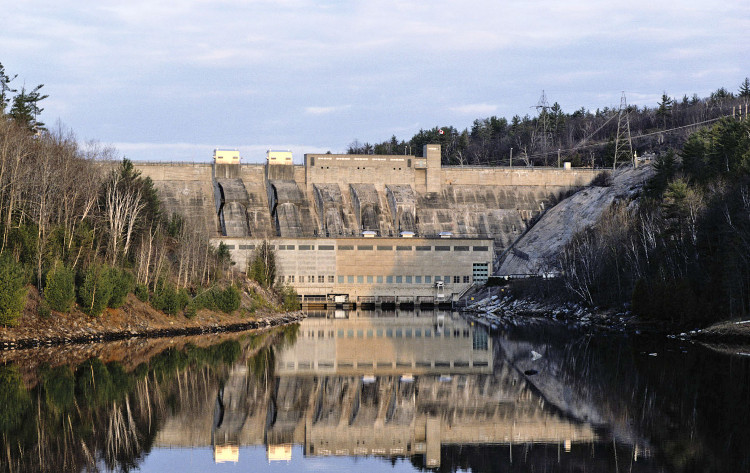Hydroelectric dams are discharging too much emissions?
Once upon a time, hydropower was the first choice and superior to thermoelectricity and other forms of power because of its low cost, high performance and . friendly environment.
According to Engadget, it turns out that we cannot rely on hydroelectric dams as a source of hope and future. Scientists have found that the technology used for hydroelectric dams is causing more serious climate consequences than we know. A new study shows that methane emissions from hydropower dams are 25% higher than the permitted threshold , and account for 1.3% of all human emissions.

Water reserves in hydropower reservoirs are the main cause.
Source of methane emissions
The dam itself is not a problem, water reserves in hydropower reservoirs are the main cause . These hydropower reservoirs are very wide and deep, rarely oxygen but many algae and bacteria at the bottom. The methane produced is mainly caused by bacteria that decompose organic matter under little or no oxygen. Since the plumbing system for hydroelectric turbines is often placed deep in the bottom of the lake, under high pressure conditions, the methane gas in the water easily escapes to the outside. This phenomenon is the same as when opening a soda bottle, most of the methane gas dissolves in the foam of water escaping into the air.
Bridget Deemer, the lead researcher, told the Guardian that methane does not remain in the air for as long as carbonic, and that is the worst."In the last 20 years, methane has contributed to three times as much global warming as carbon dioxide. If nothing changes, in the future there will be many hydroelectric dams growing everywhere and the Earth will be more and more hotter ".
This does not mean we should ban the construction of hydropower plants. Instead, future projects need to consider ways to minimize the proliferation of groups of plants and bacteria on the bottom of the lake. Or maybe hire thousands of workers to clean up the bottom of the lake every month.
- Discover the world's largest hydroelectric dam
- Hydroelectric dams can cause 70% extinction of wildlife
- The construction site of the second largest hydropower station in the world
- South Africa hydroelectric dam has a capacity of 480 billion liters of running water
- Smashing the Mekong River
- Extract methane from hydroelectric dam
- Hydroelectric dams: Loi is inadequate?
- Small dams threaten fish species on the Mekong River
- Will hydroelectric dams eradicate the largest Pacific salmon?
- Hydroelectricity discharges one billion tons of CO2 into the atmosphere every year
- Chinese hydroelectric dams slow down the Earth
- Damming contributes to global warming
 Is the magnetic North Pole shift dangerous to humanity?
Is the magnetic North Pole shift dangerous to humanity? Washington legalizes the recycling of human bodies into fertilizer
Washington legalizes the recycling of human bodies into fertilizer Lightning stone - the mysterious guest
Lightning stone - the mysterious guest Stunned by the mysterious sunset, strange appearance
Stunned by the mysterious sunset, strange appearance